Studies in the History of Transjordan, 1920-1949

The Day an Center for Middle Eastern and African Studies
The Shiloah Institute
Tel Aviv University
The Dayan Center, through the Shiloah Research Institute and its other constituent units, seeks to contribute by research, documentation and publication to the study and understanding of the modern history and current affairs of the Middle East and Africa. The Center, with the Department of Middle Eastern and African History, is part of the School of History at Tel Aviv University.
Studies Series
The publications in this series consist of works by permanent and visiting Research Associates and Fellows of the Dayan Center.
THE SOUTHERN SUDAN IN HISTORICAL PERSPECTIVE
ROBERT O. COLLINS
'ABDALLAH AND THE PALESTINE ARABS, 1945-1948
JOSEPH NEVO (Hebrew)
MIDDLE EAST OIL: BLESSING AND THREAT
BENJAMIN SHWADRAN (Hebrew)
FALLAHEEN IN THE ARAB REVOLT IN PALESTINE, 1936-1939
YUVAL ARNON-OHANNA (Hebrew)
INTERNECINE STRUGGLES WITHIN THE PALESTINIAN MOVEMENT, 1929-1939
YUVAL ARNON-OHANNA (Hebrew)
THE EMERGENCE OF PAN-ARABISM IN EGYPT
ISRAEL GERSHONI
LIBYA UNDER QADHDHAFI
GIDEON GERA (Hebrew)
PRESIDENT KENNEDY'S POLICY TOWARD ISRAEL AND THE ARAB STATES
MORDECHAI GAZIT
BETWEEN JORDAN AND PALESTINE: A POLITICAL BIOGRAPHY OF WASFI AL-TALL
ASHER SUSSER (Hebrew)
Editorial Board:
- Uriel Dann (Chairman)
- Michael Confino
- Daniel Dishon
- Itamar Rabinovich
- Gabriel Warburg
Studies in the History of Transjordan, 1920-1949: The Making of a State
Uriel Dann
First published 1984 by Westview Press
Published 2019 by Routledge
52 Vanderbilt Avenue, New York, NY 10017
2 Park Square, Milton Park, Abingdon, Oxon OX14 4RN
Routledge is an imprint of the Taylor & Francis Group, an informa business
Copyright 1984 by Tel Aviv University
All rights reserved. No part of this book may be reprinted or reproduced or utilised in any form or by any electronic, mechanical, or other means, now known or hereafter invented, including photocopying and recording, or in any information storage or retrieval system, without permission in writing from the publishers.
Notice:
Product or corporate names may be trademarks or registered trademarks, and are used only for identification and explanation without intent to infringe.
Library of Congress Cataloging in Publication Data
Dann, Uriel, 1922
Studies in the history of Transjordan, 1920-1949.
(Westview special studies on the Middle East)
Bibliography: p.
Includes index.
1. JordanHistoryAddresses, essays, lectures.
I. Title. II. Series.
DS154.5.D36 1984 956.95'04 84-3539
ISBN 13: 978-0-367-28906-5 (hbk)
To the memory of
Sir Alec Seath Kirkbride
(1897-1978)

King Abdallah with King George VI and Queen Elizabeth, Balmoral, 1949. (Courtesy of Lady Kirkbride)
Few countries in the world today have a modern history as "political" as that of Jordan, which is the immediate heir to Transjordan territorially, dynastically, and politically. The reason is clear: The land east of the Jordan had not been an identifiable state or nation since early in the Christian era, but after the First World War, it became both. When a state and a nation are in the making, the march of events gives perspective to social, economic, and intellectual trends. In Jordan the process of building a state and a nation is as yet incomplete, if historic entities like Egypt are used as a yardstick. But both state and nation were clearly discernible by the time Abdallah's annexation of the West Bank in 1949 spelt the end of an era. That Jordan has continued to work out its identity during the vicissitudes that followed, gaining strength with every major crisis, is proof of the solidness of Abdallah's achievement.
Abdallah holds the centre of the stage in most of the papers collected here and provides the denouement where he does not. The papers examine, in the inductive manner of political history, a number of crises that have shaped the modern state of Jordan, describing the when, the how, and the why. If these studies point a moral, it is that perseverance may pay even when circumstances are stubbornly unpropitious and that perseverance may change the course of history.
The unorthodox imagination of Winston Churchilla British minister with much of the Middle East at his disposalwith the inspiration of his maverick adviser T. E. Lawrence, conspired to put an Arabian prince of exalted lineage in temporary charge of a piece of underdeveloped highlands thinly strewn with an unruly population. The prince was the Sharif Abdallah bin Husayn. Highly educated by the precepts of his world and with considerable public experience, his intelligence was quick but not profound. His belief in the mission of his house to lead "the Great Arab Revolution," and in his own role in the forefront of this movement, was genuine. But in a society where the dauntless fighter is esteemed above all, Abdallah's record for courage was uneven; so was his record for political intuition. Abdallah was widely considered untrustworthy and was a known spendthrift. His sense of humour and dislike of pomposity endeared him to personal friends and to the historian, but they were no asset in the humourless and pompous business of getting on in politics. Some of Abdallah's faults were to change later on; most never did. But this not very remarkable man had one truly remarkable quality: From the moment he set foot in "Transjordania," where he was freed at last from the effective control of his redoubtable father, the King of Hijaz, Abdallah was unshakably determined to "vivreet mourir en roi." In this regard at least, the otherwise grotesque association of Abdallah with Frederick the Great does fit.
Abdallah's method suited the circumstances and his personality. There was nothing heroic about Abdallah except for his determination. Slyness and mock-naivety, procrastination and haste, submissiveness and pugnacity, heedless leniency and brutal repression, meanness and prodigality, good faith and bad, all served Abdallah's purposes. The story of his reign was saved from sordidness and futility by his determination to survive and sixth sense of how far he could go. When Abdallah died on the floor of al-Aqsa on 20 July 1951, the piece of underdeveloped highlands was a state among the states of the Middle East, and the population was well on the way to nationhood. Now Abdallah's grandson sits on his throne. His hold looks secure enough, thanks to more than a bit of his grandfather's ways and aims, adapted to the times. Nobody cares to prophesy on the fate of any Middle Eastern dynasty, but it may be rationally surmised that the state and nation of Jordan, which grew out of the void under the auspices of the Hashemites, will survive even should the Hashemite dynasty disappear.
I am obliged to the editors of Middle Eastern Studies , London; Abr Nahrain, Leiden; and Asian and African Studies, Jerusalem/Haifa, fr Nahrain, Leide n; and Asian and African Studies, Jerusalem/Haifa, for permitting me to reprint items previously published in their periodicals. I am grateful to the directors and staff of the Public Record Office, London; the Middle East Centre, Oxford; the Sudan Archives, Durham; the India Office Library and Records, London; the Imperial War Museum, London; the National Archives, Washington, D.C.; and the Israel State Archives, Jerusalem, for their unfailing help and courtesy. My friends and colleagues at the Dayan Center, Shiloah Institute, Tel Aviv University, aided me in many ways. Mr. Ilan Karmi helped with preliminary work on the index. I owe special thanks to Mrs. Edna Liftman for her care.

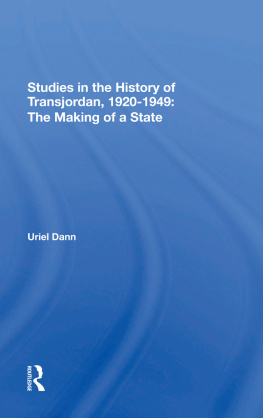



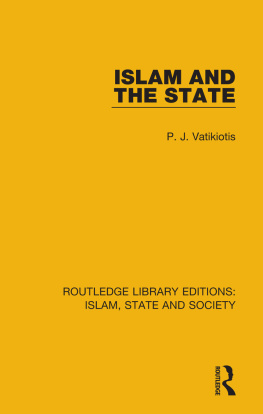
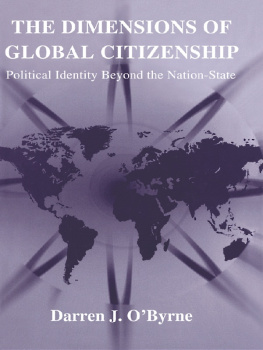
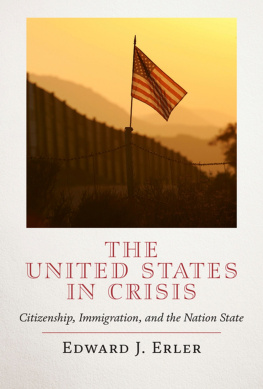
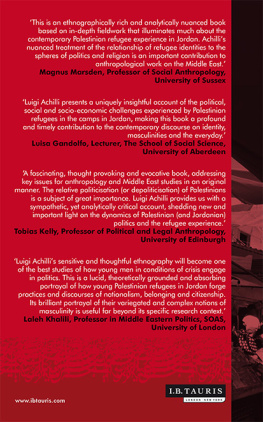

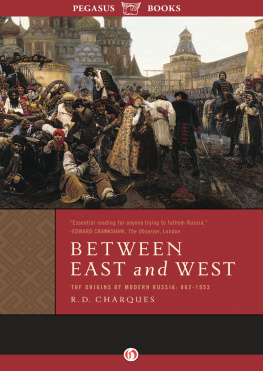
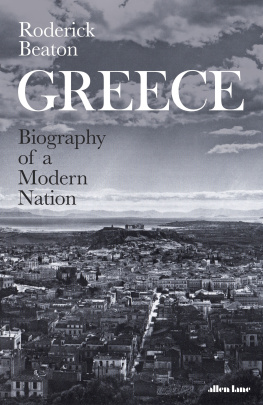
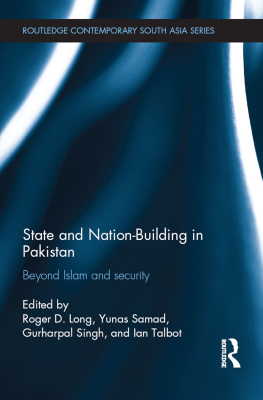
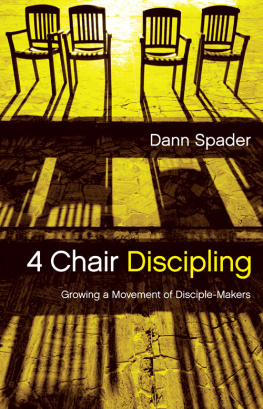
 The Day an Center for Middle Eastern and African Studies
The Day an Center for Middle Eastern and African Studies
